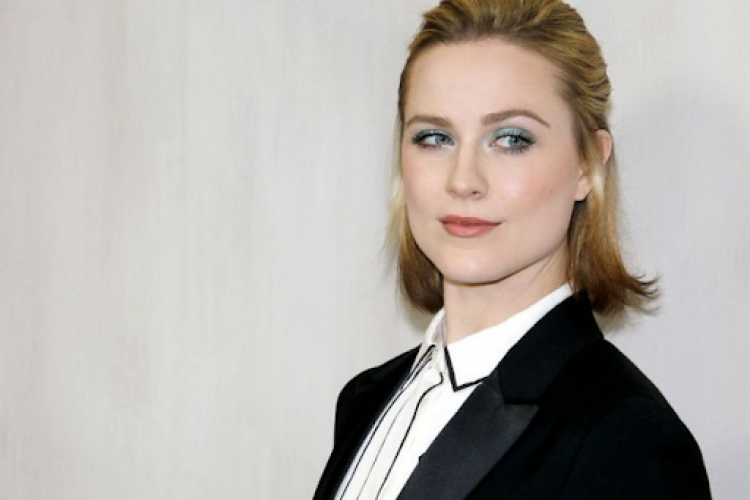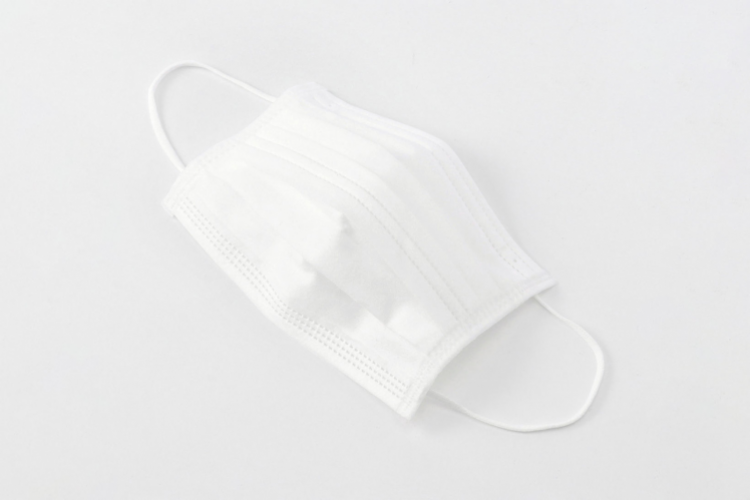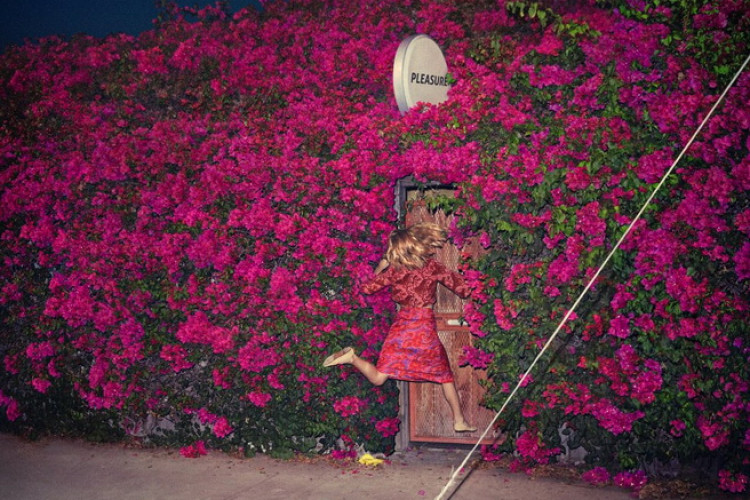Fashion Photography with Nicoline Patricia Malina
Athina Ibrahim (A) talks to fashion photographer Nicoline Patricia Malina (N)
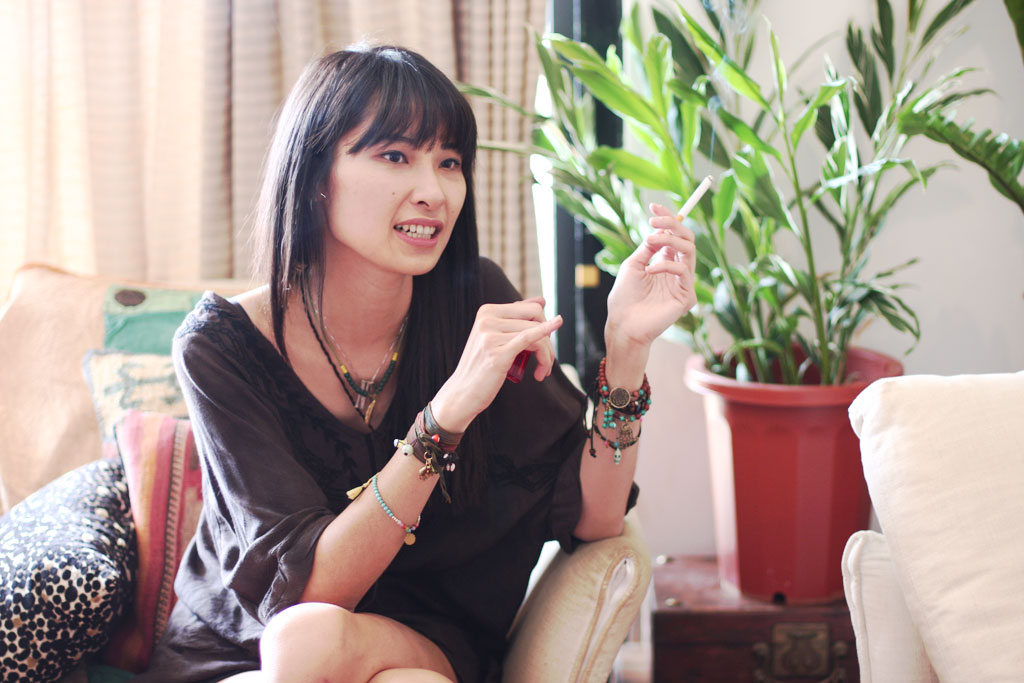
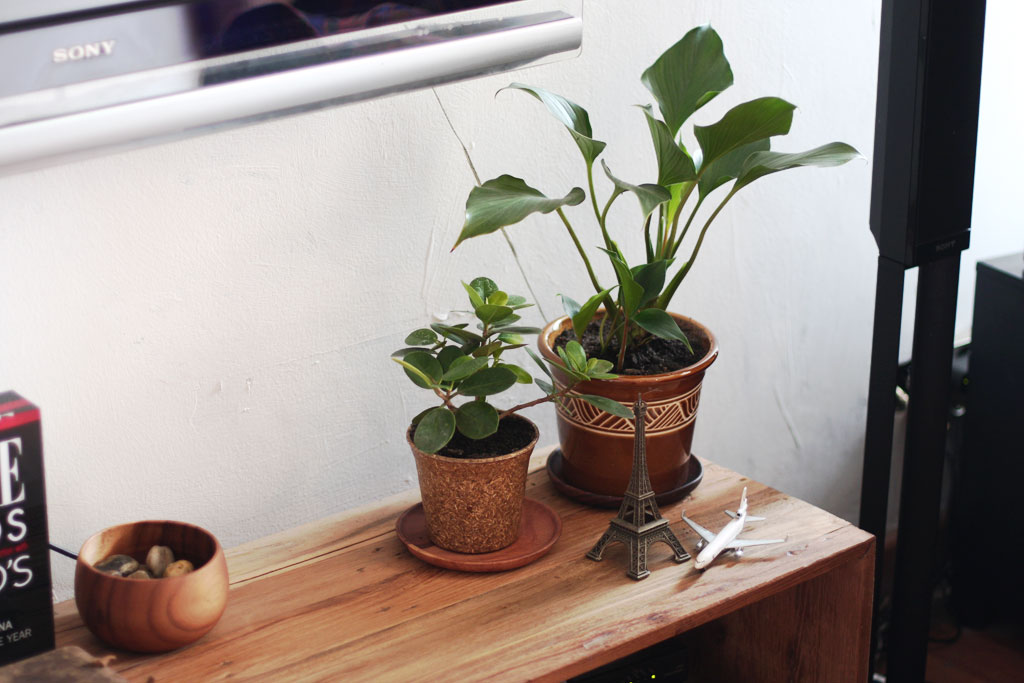
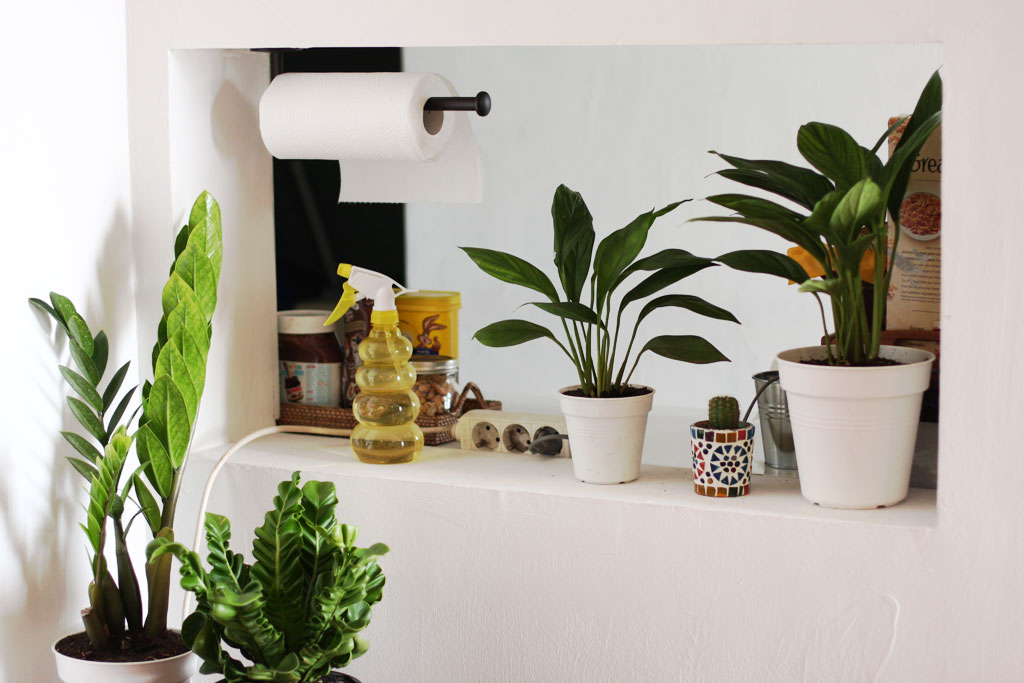
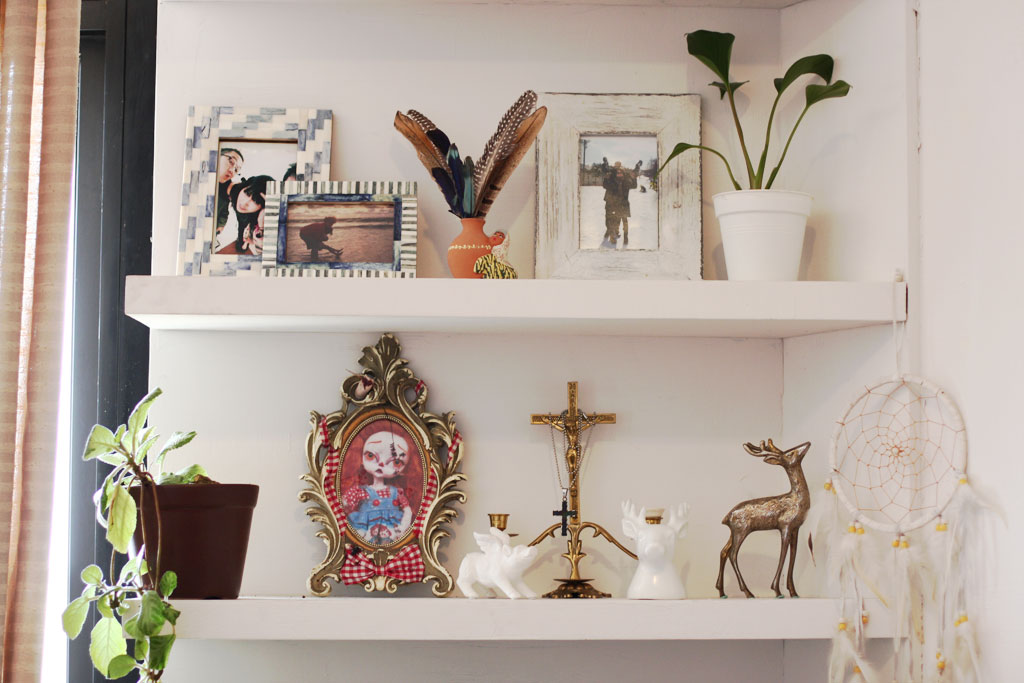
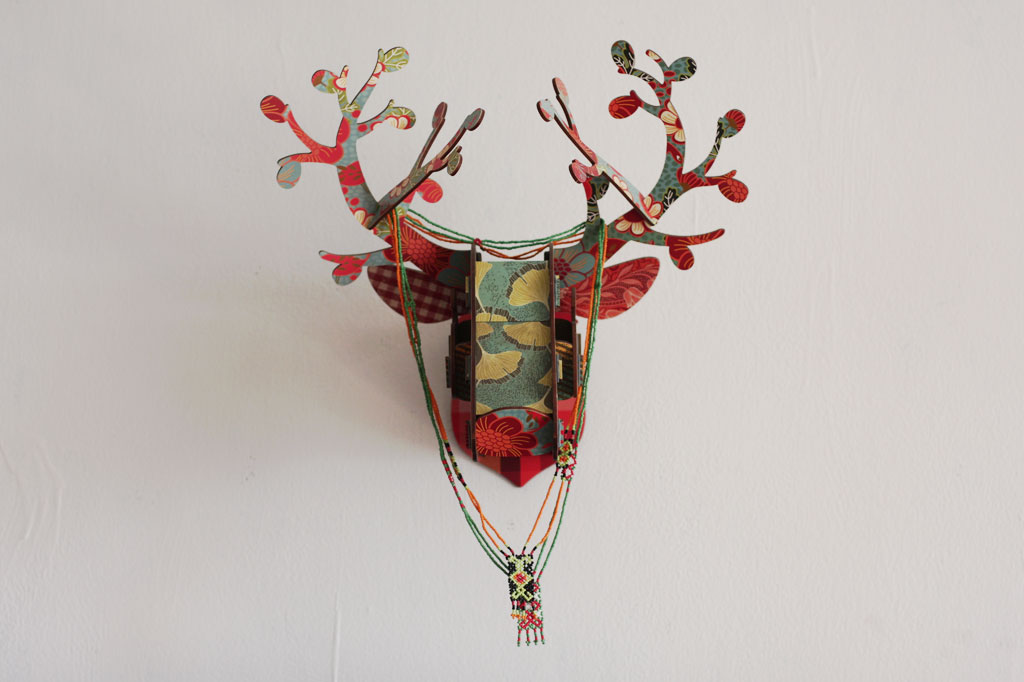
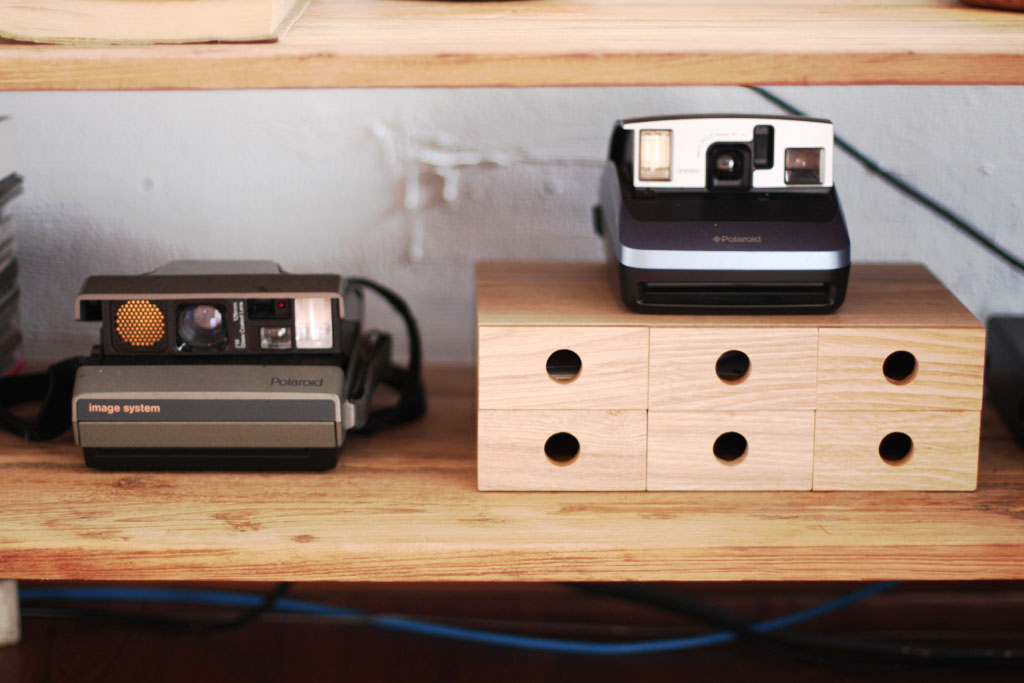
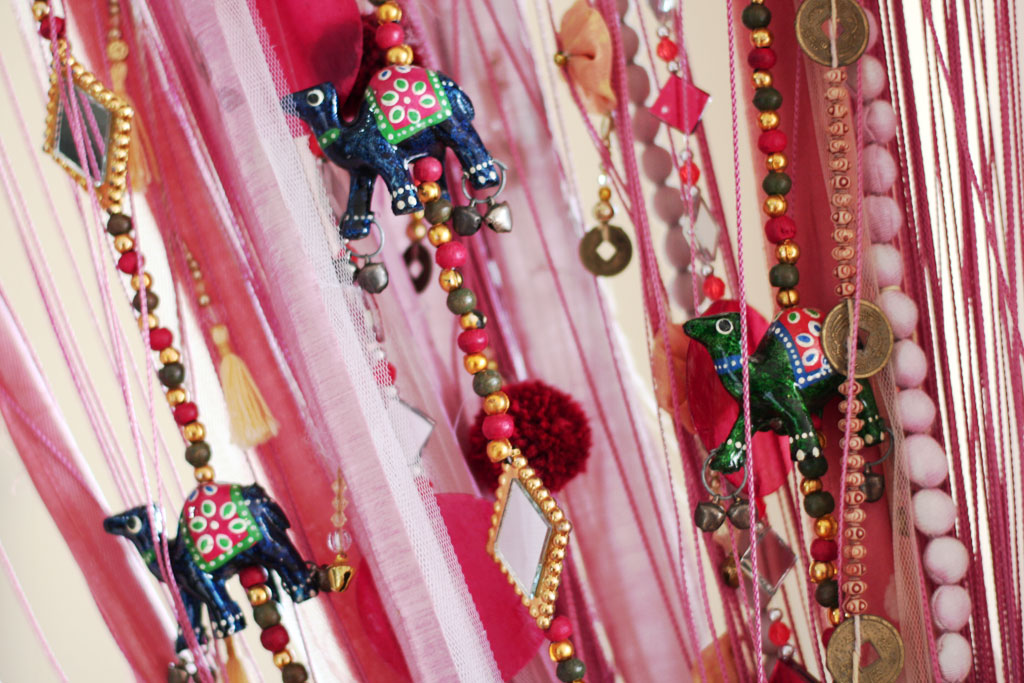
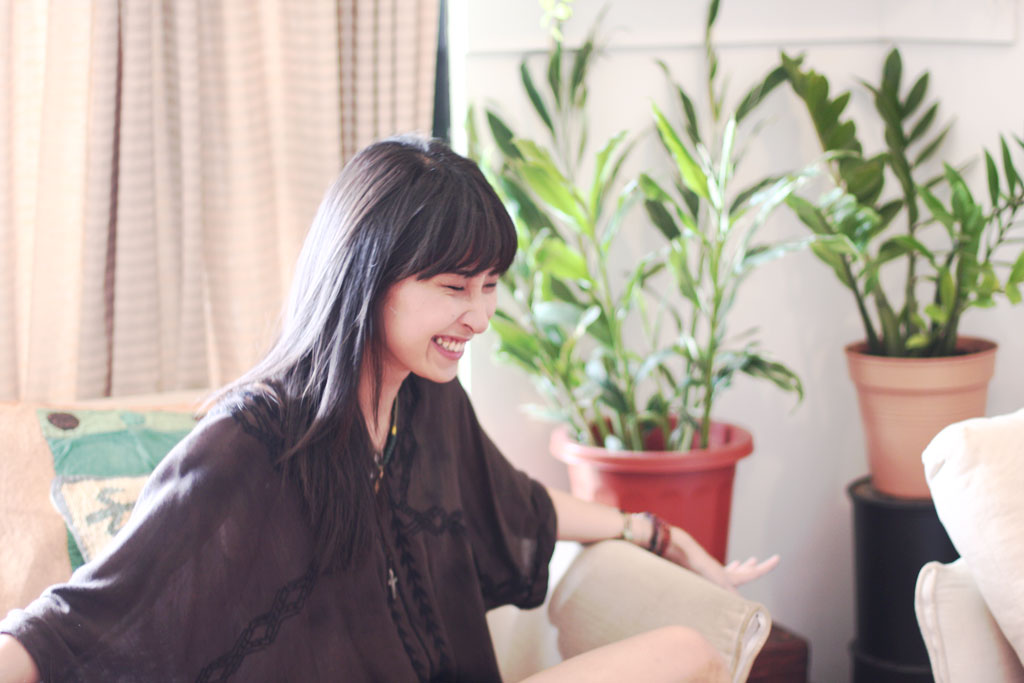
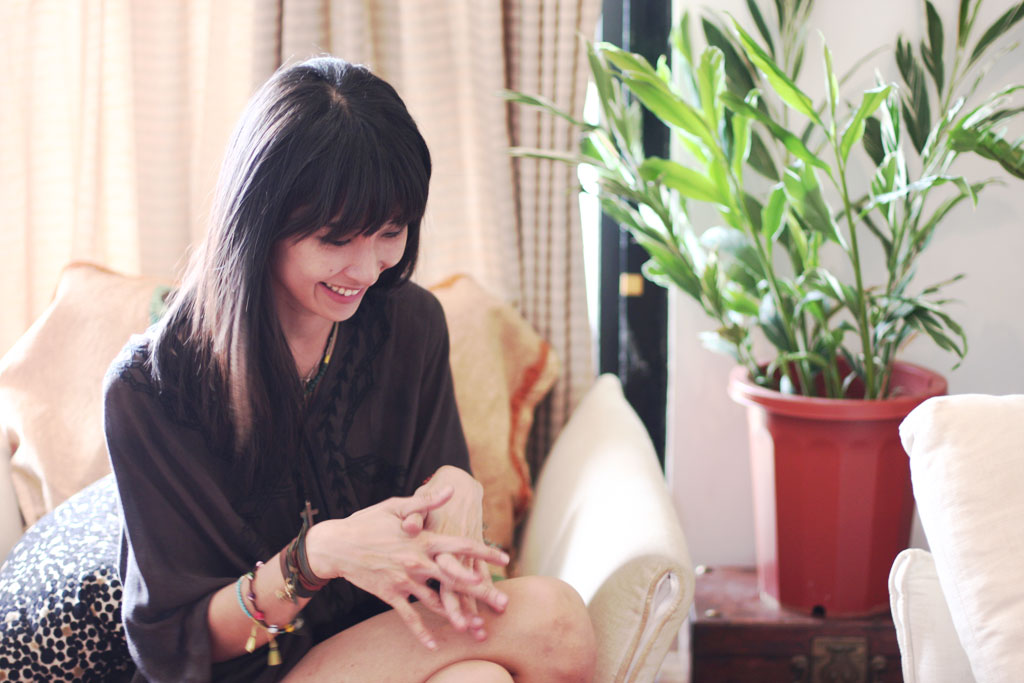
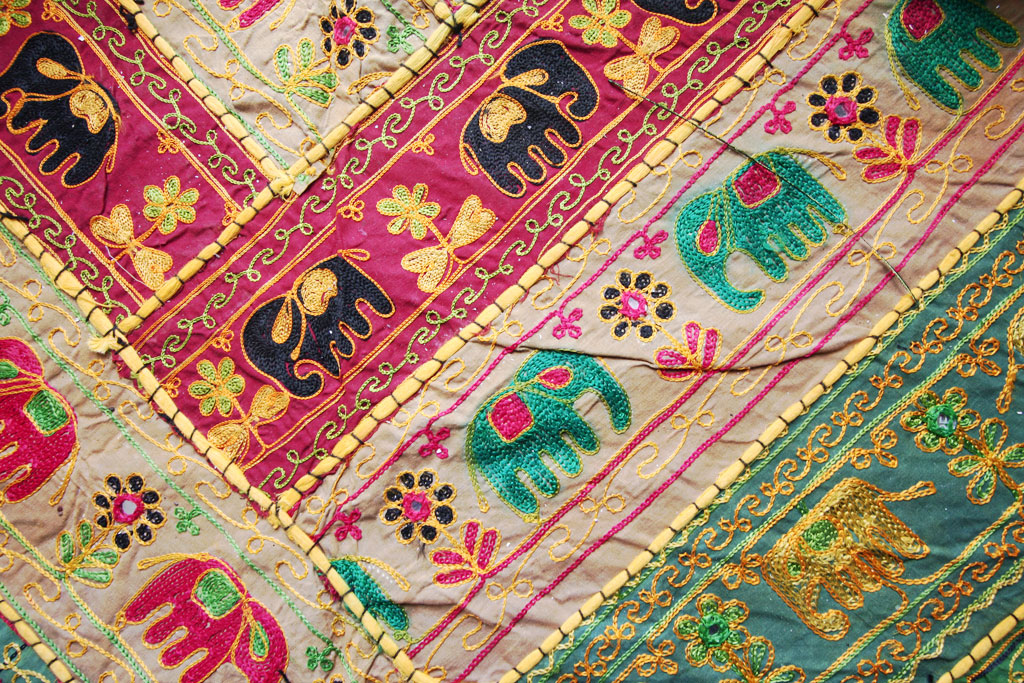
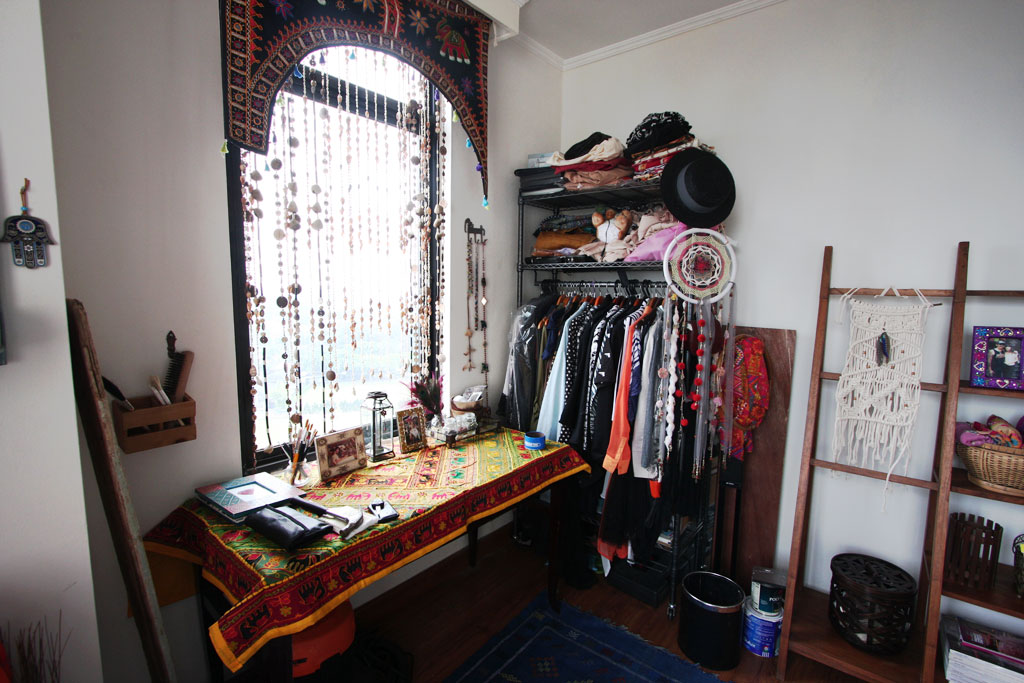
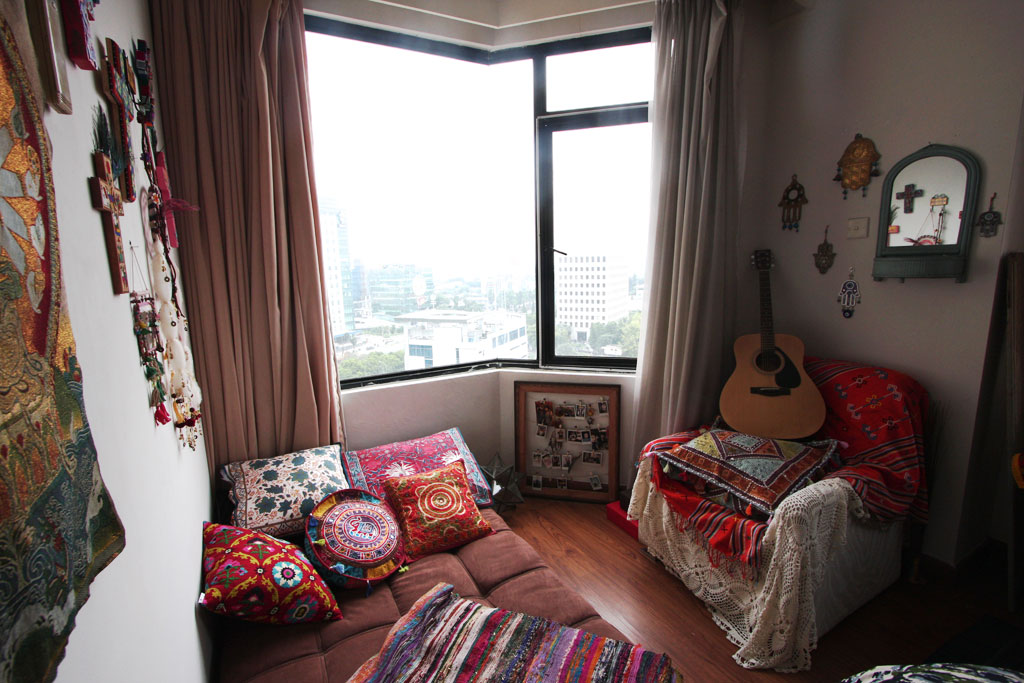
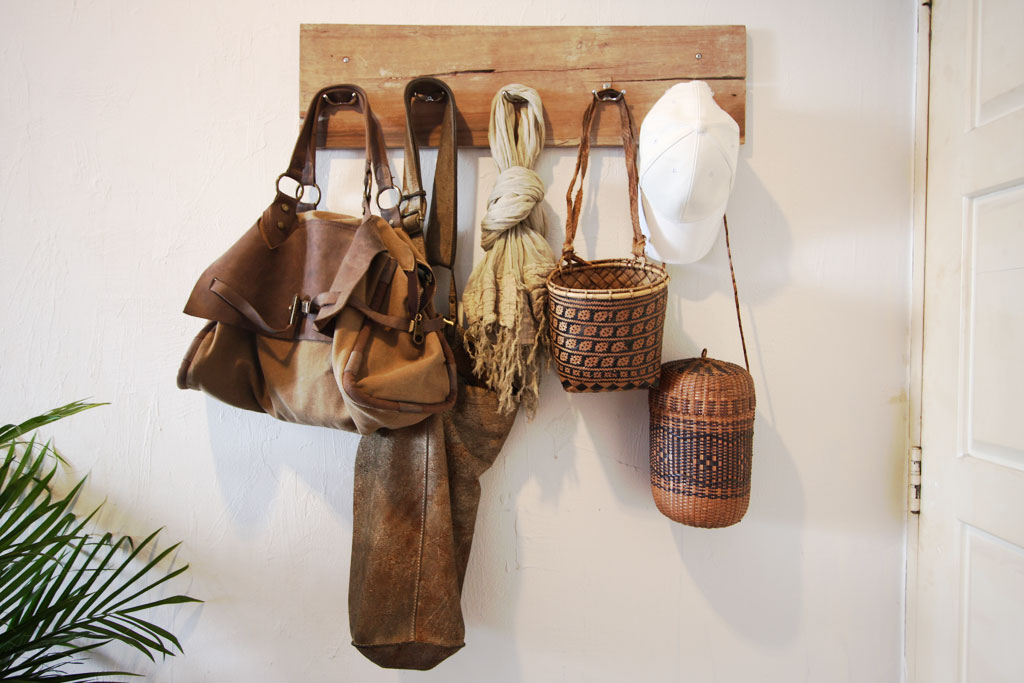
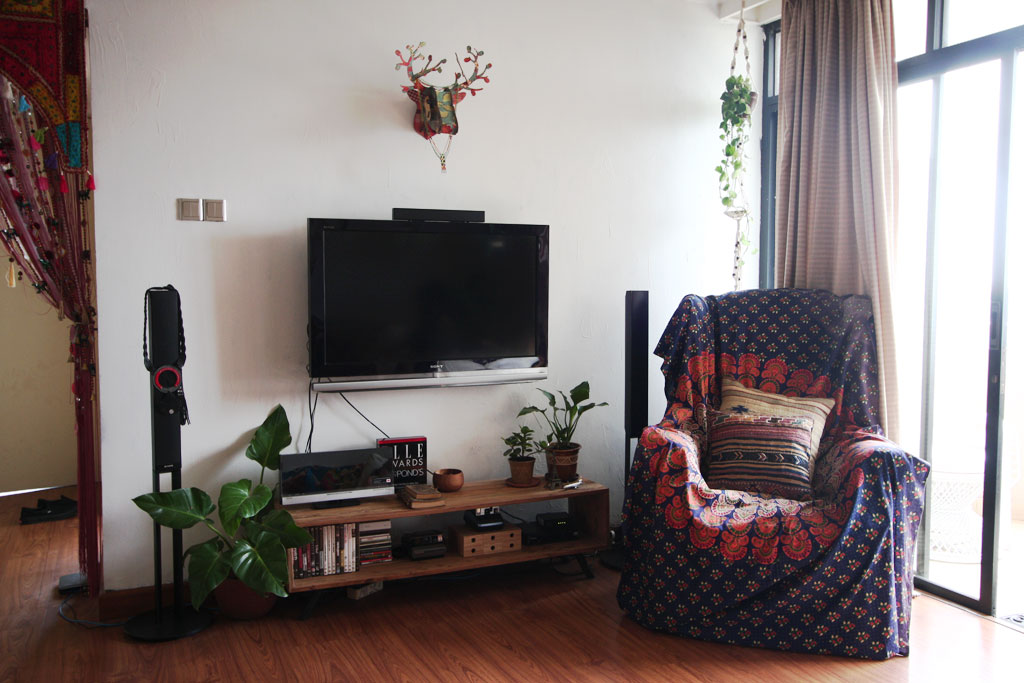
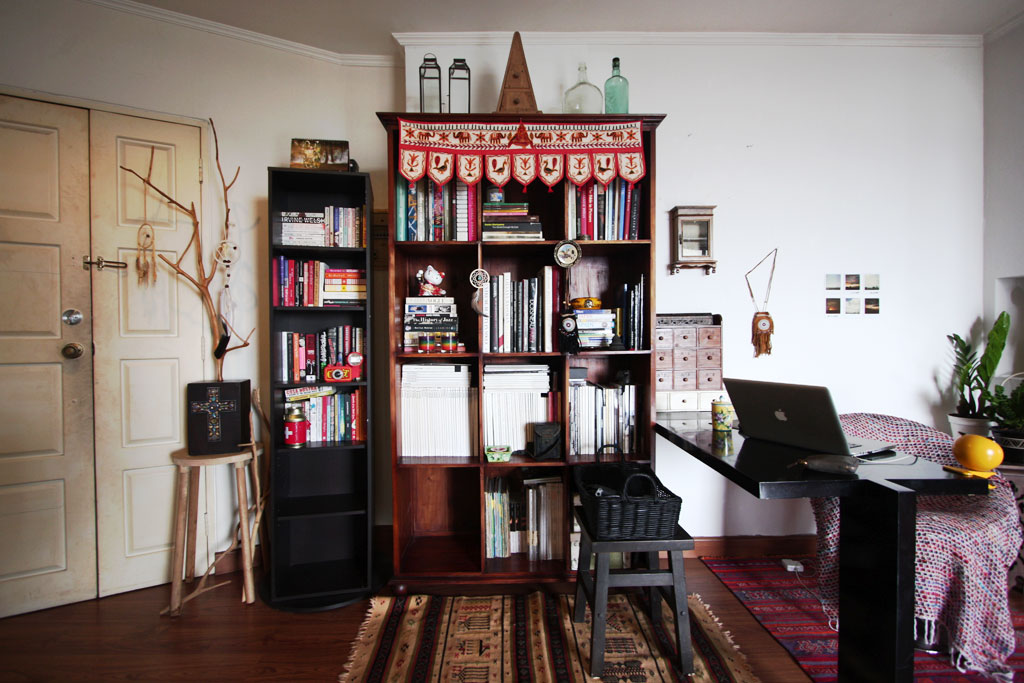
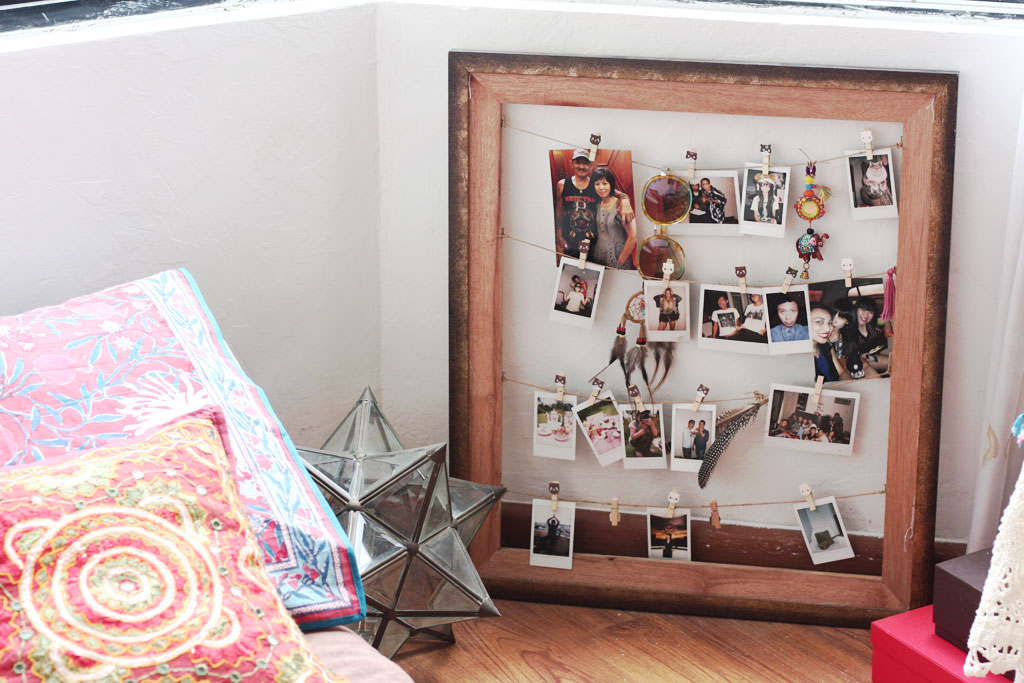
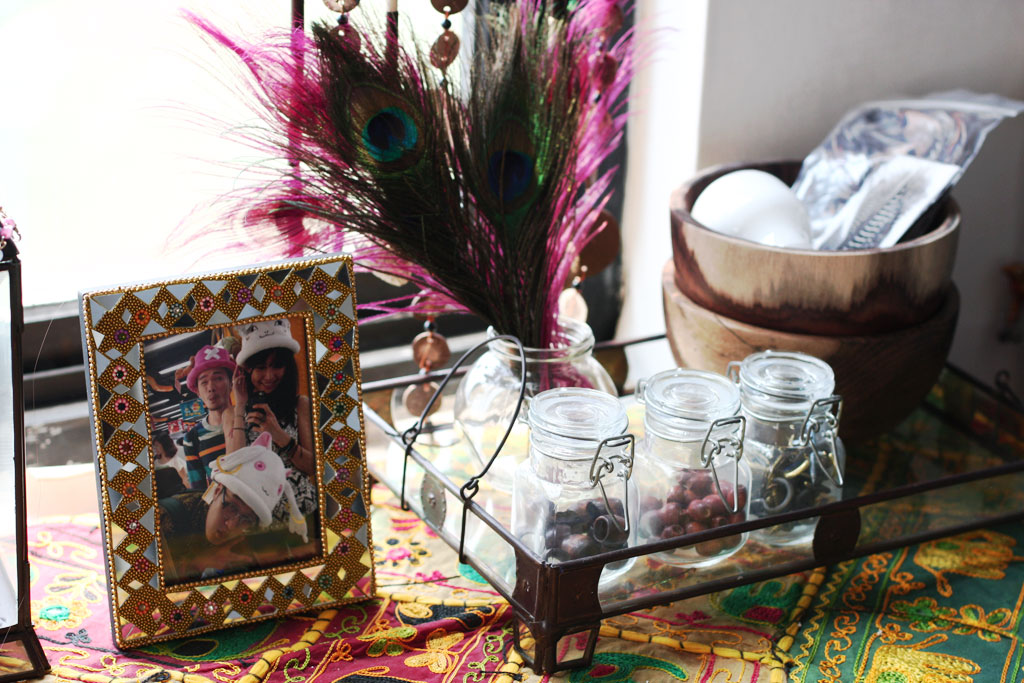
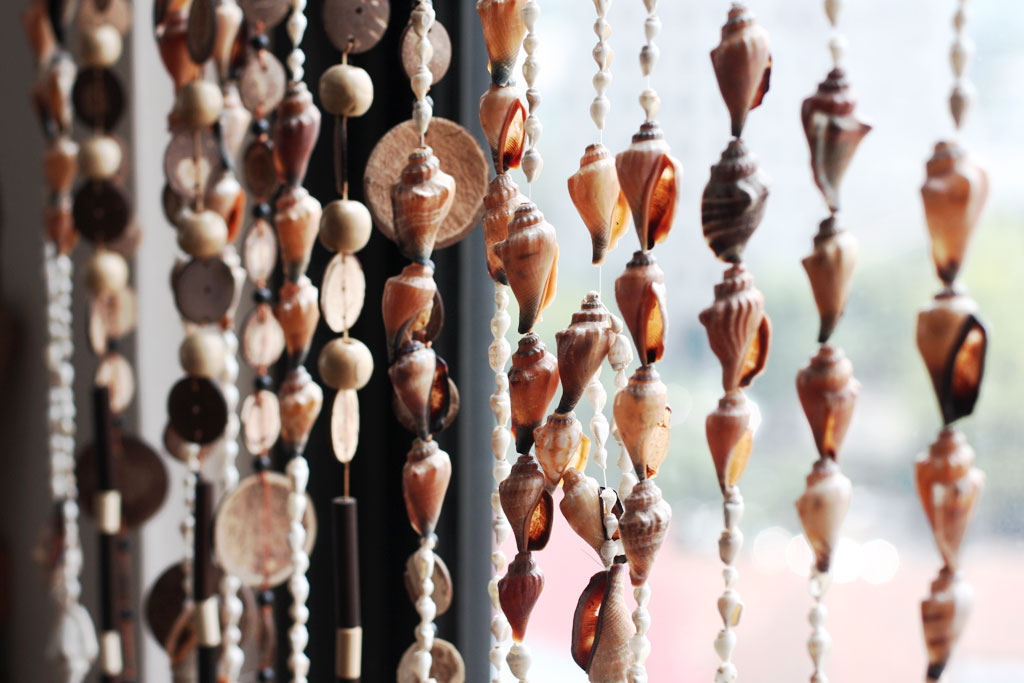
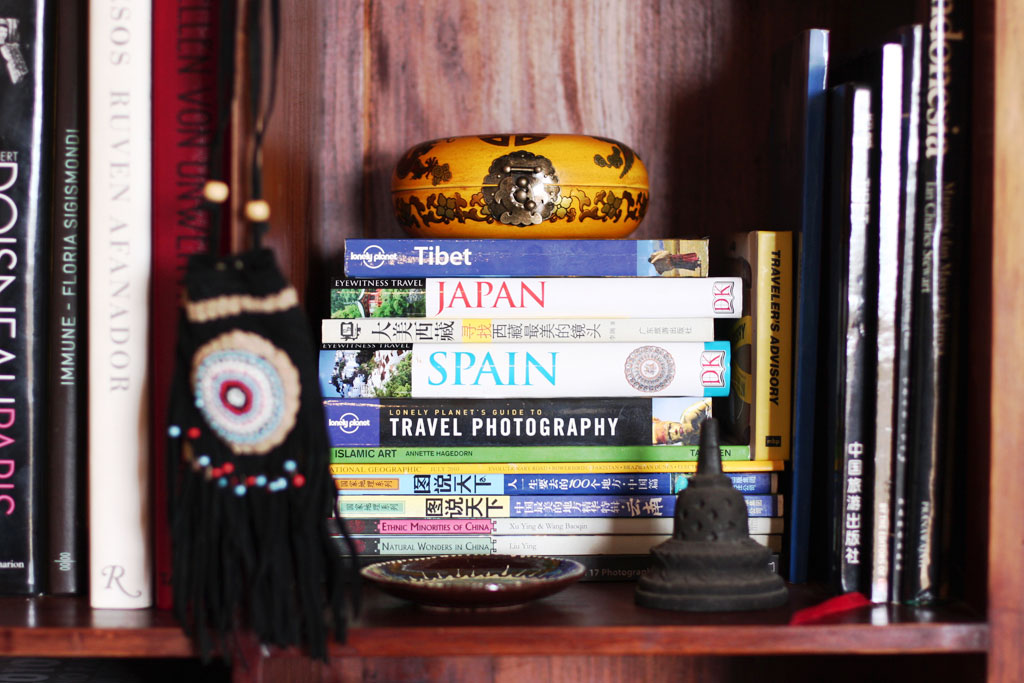
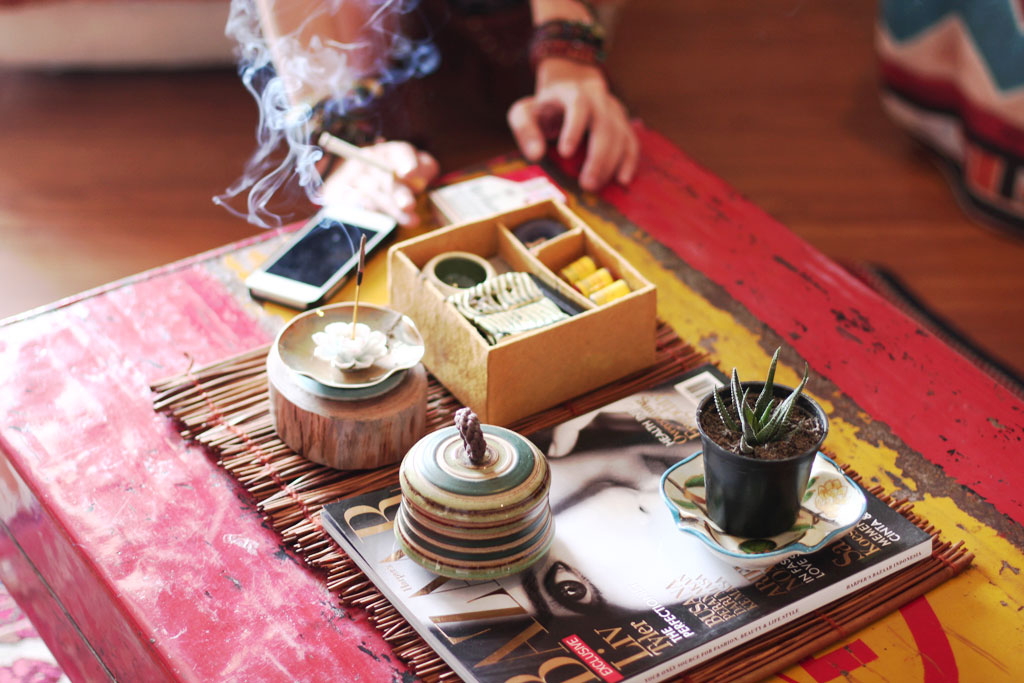
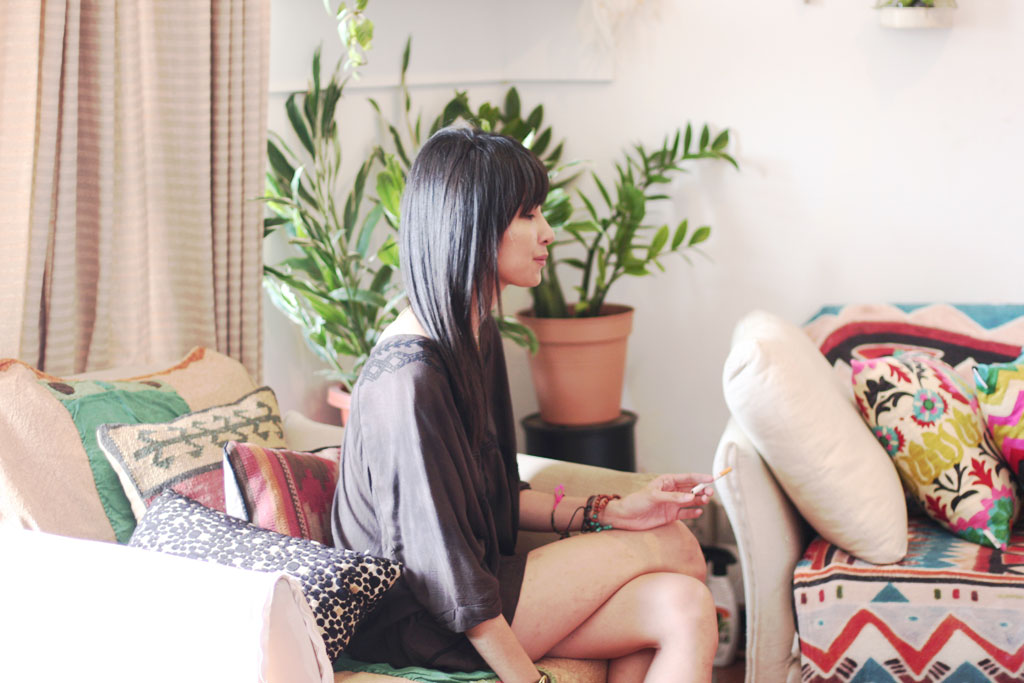
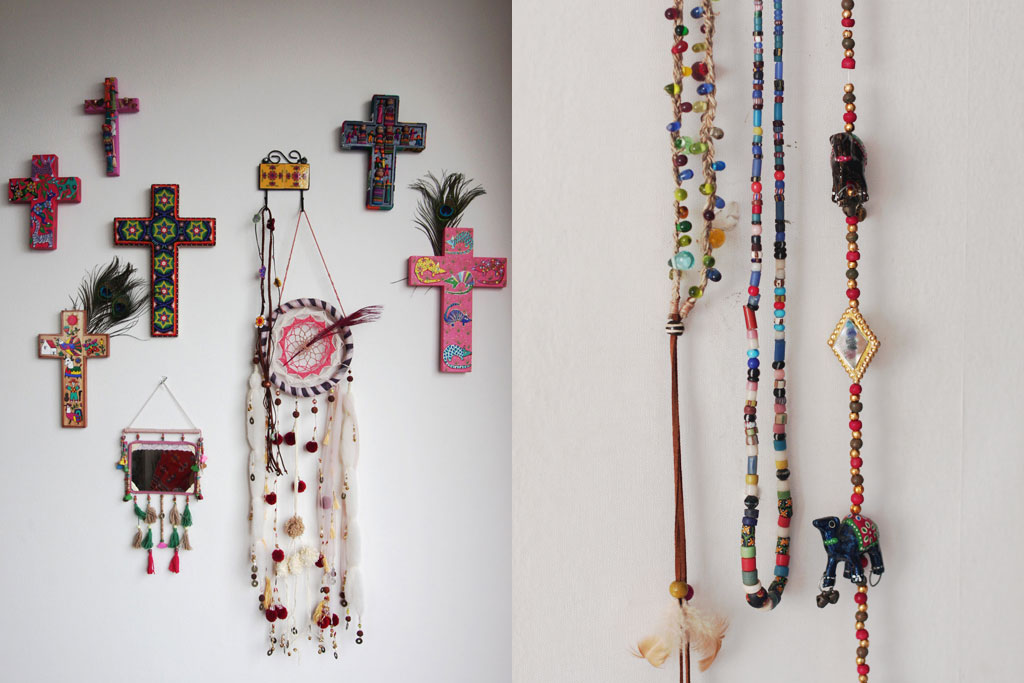
A
How did your creative journey begin? How did you become a photographer?
N
It all started as a hobby. I have always been involved in some sort of creation process – I basically did a bit of everything, and my last stop was taking pictures.
I started with fashion design and did that for 2 or 3 years, then I became a make up artist, I was also a model along the way – those were the years where there wasn’t a lot of creativity involved and I didn’t enjoy it as much. I then started painting, and lastly I became a photographer.
A
Did your creative journey begin at a young age? Were you always headed down a creative path?
N
I believe so. Looking back, my mom, a designer and make up artist, always had stacks of fashion magazines in our house. I like looking at beautiful photos in fashion magazines, the stories in them – I’m not sure how to explain it… the models live within those photos. When you’re little, you read fairy tales. I get the same feeling when I see those pictures – a visual story. I don’t really get the same feeling from other types of photography. There are beautiful landscape pictures and such, but when you open a magazine there will be a set of ten pictures, and when you look through them it’s like flipping through a storybook.
My mother put me through a fashion design course because she thought it would be what I would like to do, but in the end I realized that although I liked it very much, I didn’t love it. I was young and wanted to try something else, to not stop learning and try other things. In photography, I find that I am always learning something new everyday.
A
What was that moment that made you decide to concentrate on photography 100 percent?
N
While I was a model I didn’t really do anything creative, but I worked with photographers and saw how dedicated they are to their jobs. I missed having a creative process so I started to ask the photographers questions, plus they looked so cool holding their cameras (laughs). So I decided to get on, tried it by myself, and I was hooked – up until now.
A
Did that background – being a model and exploring the fashion world – did that help your photography?
N
It helped a lot because learning about fashion taught me how to appreciate things such as fabric and textures, and how to photograph them right. Being a former model, I was in a lot of photoshoots, and I hated when photographers told me to stop moving, especially for long periods of time, and so that is something I don’t do when directing models. It’s about teamwork, it’s not just about the photographers – it’s also about the models. I want the models to give the same “spirit” that I project as a photographer.
I learned about silhouettes, textures, fabrics, and such from fashion design. I learned about posing from being a model. As a photographer I learned lighting and composition.
A
So you are not just a photographer, you are also an art director.
N
Yeah, as a photographer you have to understand that it is about teamwork. You have stylists, make up artists, assistants, models. Of course you have an art director who is in charge of the concept, but you have to be the director who is in charge of your team. Everyone has to have the same vision or else the photoshoot will fail.
A
Regarding your photography. You have a very strong character to your pictures. There is a hint of darkness in the mood, but also nostalgia, and use of the environment as well. Did your style evolve, or did you always had that in you to translate into photography?
N
My style always evolves and I want it to be that way. I want to create something new, something really different, at least every year because I do not want to be stuck doing a certain thing.
When I first started, I only perceived the beauty in black and white photographs of “strong women.” I thought I would be doing these monochrome pictures for the rest of my life, but you learn, you understand it, and then you feel you want to do something different, and that’s what happened to me.
I learned something new, then learned something else – different lighting, different backgrounds, different compositions. There should always be a story in every picture, though, or else it would just be a plain ol’ picture. I fell in love with photography because of the story, and it’s what I want to deliver in my photos.
A
Looking at your portfolio, there are a lot of traditional and cultural elements – from the costumes or the environment. You travel to different locations for your shoots. How did you infuse these traditional elements into your picture? Is it from your own personal interest?
N
Having lived in Europe, I was surrounded by buildings and beautiful nature. Living there for a good 6 years, I never really cared about the culture of my own country. I was very influenced by Europe, the art direction to the mood.
When I arrived in Indonesia, I returned as a photographer, and it gave me a perspective that I didn’t have before. For example, when I was little I went to Borobudur and it was nothing special, but when I visited as a photographer I saw it as something really different, something really grand, something really historical, and I wanted to create a story there.
Indonesia has so much culture and heritage that you will not find anywhere else.
A
Are people attracted to your work because you put that sense of culture in your work? You’ve traveled and have done photoshoots around the globe…
N
I’m very impulsive, actually. Every year, people would make business plans, I would make travel plans (laughs). I list the places I want to visit and I try to find a job that would get me there. I love traveling; it’s in my blood. I think I got it from my parents. They went backpacking a lot. Photography also feeds my interest in traveling.
The responses to my photographs have been great. People around the world comment on how beautiful the locations are and the traditional costumes people wear. Travelling indirectly strengthens my photography.
A
How much of the culture do you think you have to understand before you can take pictures you feel are appropriate?
N
I learn most about different cultures when I am at the location. For example, when I did a project in India we did a photoshoot at the Ganges River. It is a spiritual place where people go to worship at a certain time of day, and honestly I didn’t know anything about it. That was the reason they hired me, because I have never seen it before and I will take this experience and translate it differently. It’s like taking somebody from Europe to Prambanan or Borobudur and he will see something that the locals perhaps cannot see – that’s what they wanted me to do, and the experience became something very special.
A
We read in one of your articles that in Europe they really emphasize the “mood” in photography, and in Indonesia we emphasize the technical aspects.
N
Yes, I experienced that. I have a book filled with black and white pictures that weren’t correctly lit, some pictures blurry, when I brought it to Holland they appreciated it, but when I got here people commented things such as “why is the lighting like this?” and “why is it blurry?” That was 5 years ago and it has gotten a lot better now. Indonesia isn’t as “free” as you would have it in Holland, Belgium, or France, but people are starting to understand here that pictures aren’t just about the technicalities, it is also the idea behind the pictures. It used to be the mentality that the picture comes first, the concept later.
A
Would you say your style purposely emphasize emotions or the mood of the picture?
N
It really started with my lack of understanding (laughs). As I learned photography as an autodidact, I didn’t have lights and other professional equipment and I shot pictures with whatever I had. I shot all the models in my student room or look for natural light outside – it somehow made the photographs very personal, so I continued to shoot like that.
Later on I of course learned the technical side, but in the end I wouldn’t want to have learned photography any other way.
A
In your opinion, what makes a good photographer?
N
If they can deliver a story with their photographs that makes them a good photographer. What is more important, though, is that they love what they do.
A
You mentioned that when you started, you love taking pictures of strong women. As the fashion industry still seem to project an image of what a woman should be like, how do you present an image of a strong woman?
N
I think being a creative you tend to reflect yourself in your work, and I like my models to be what I perceive strong women are like. Many people say that being a female photographer, I bring something different to the table that male photographers do not. Although your, my and the client’s opinion can’t be the same, I’d like to believe that I get hired because people like the images I make.
A
Does what you want to present matter, though? You have your own ideals as to how you would like to present a strong woman, and perhaps your clients want you to do something else.
N
Of course it matters. We always have meetings before we shoot so there won’t be any surprises in the end. If I know what I do is not what the client is looking for, I will show them my portfolio and tell them that I cannot really portray a weak woman, and if that’s what they want they better look for another photographer because I will fail to deliver.
A
Would you say that fashion photography is considered an art form?
N
Of course it is. Anything can be an art form. I wouldn’t say that I am the type of artist who wants to have my work hung in some wall and be sold for hundreds and millions of rupiah – I don’t see myself doing that. I see myself shooting for magazines everyone can buy and keep in their house. I like the idea of everyone having a part of my work in their house, and not paying a shitload of money for it. I don’t like exclusivity – this is me expressing myself through my work, and I want everybody to see it.
A
Being in fashion, isn’t it an advertisement in the end? You’re selling the clothes and fashion itself…
N
Everyone involved in a photoshoot: the photographer, the stylist, the make up artist – they are all doing their own art. Sure, it is to sell a product, but it isn’t about how you value it as an art object – it’s about your craft.
A
What are the influences of your work?
N
Everything, literally everything – places, people, music, movies, everything.
A
I read that you like to collect things as you travel. What do you look for?
N
Memories. I collect things, and if you come to my house you can see how much junk I have (laughs). When I travel and I am lucky enough to have personal time, the first place I want to go to is the traditional market to get knick knacks that will remind myself of that trip. Souvenirs are like photographs that way – they are memories.
A
Aside from photography, what else would you personally like to explore? Do you have things you want to do? Or places you would like to explore?
N
I always want to learn something new, which I guess is a general statement as everyone wants to learn something new. Let me tell you this, when I started I only knew how to do black and white portraits because that was the only thing I was interested in. When I arrived in Indonesia and I found my weakness was taking fashion landscape pictures, combine that with me wanting to travel I learned how to take landscape pictures. After that, I realized that I didn’t know how to work with bright colors, so I spent the whole year working on color until I knew how to do it. Then, of course, I became interested in mute colors because I didn’t know how to do it so I spent a year studying the subject. Point is: it’s a cycle. I always want to learn something new and I am always looking for something new to learn.
A
Is there anything particular you would like to learn in the future?
N
For next year… I will probably try to shoot guys. I never had an interest in shooting men before, but people say that they wish I can shoot guys like I do with women, so perhaps that will be the next thing I will learn.
Things just come to me naturally, I suddenly become fixated on something and I want to learn it.
—








